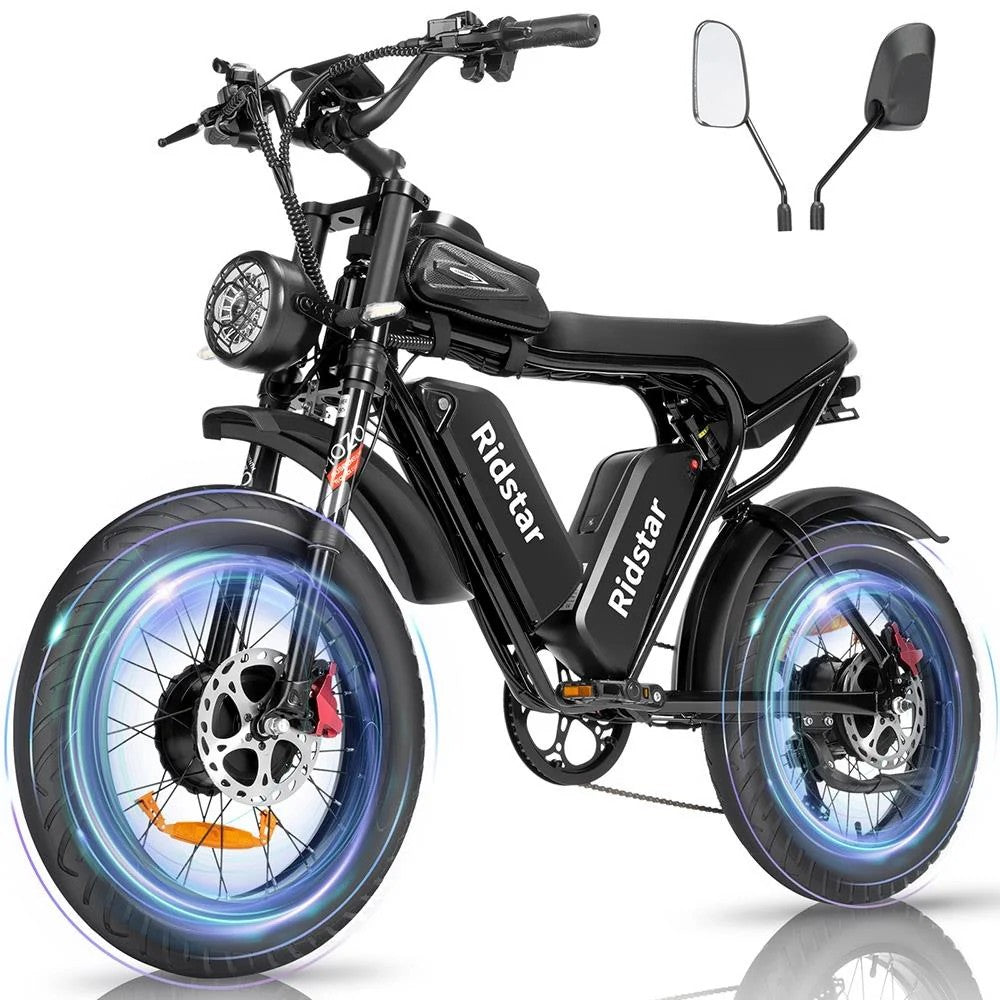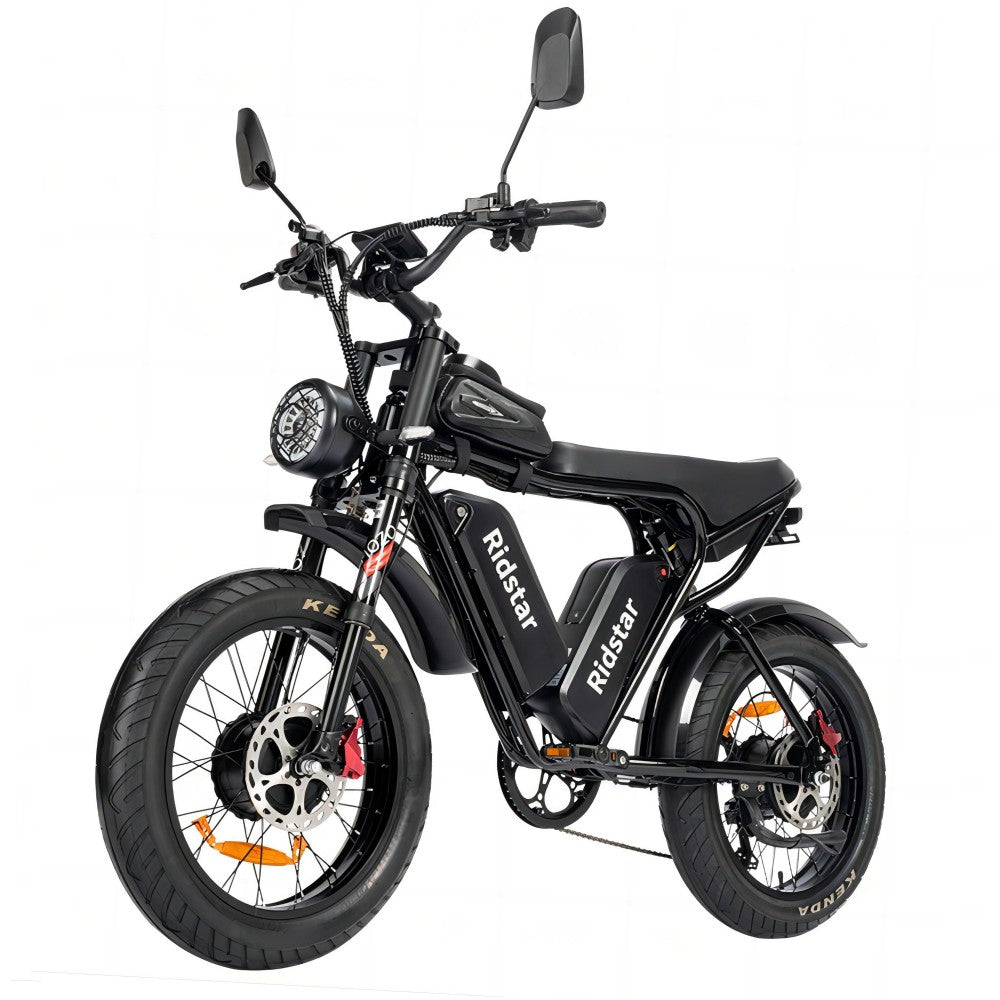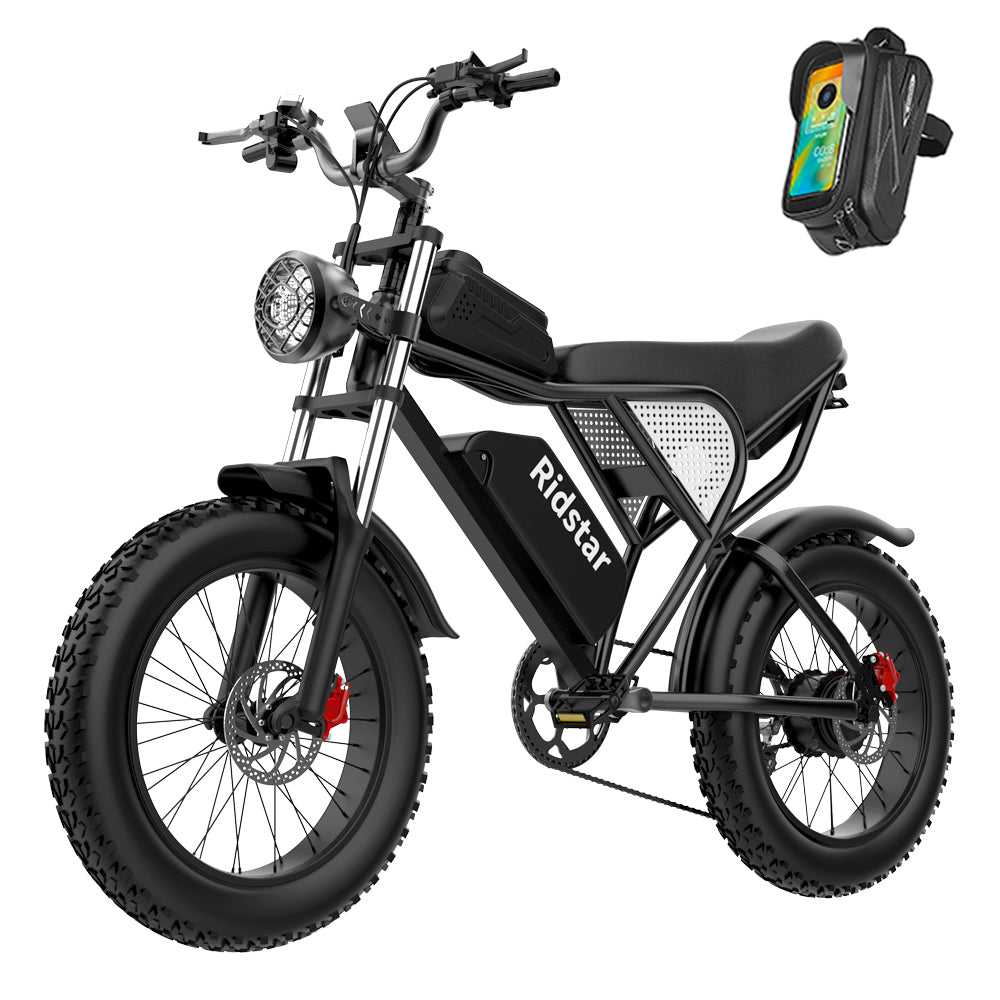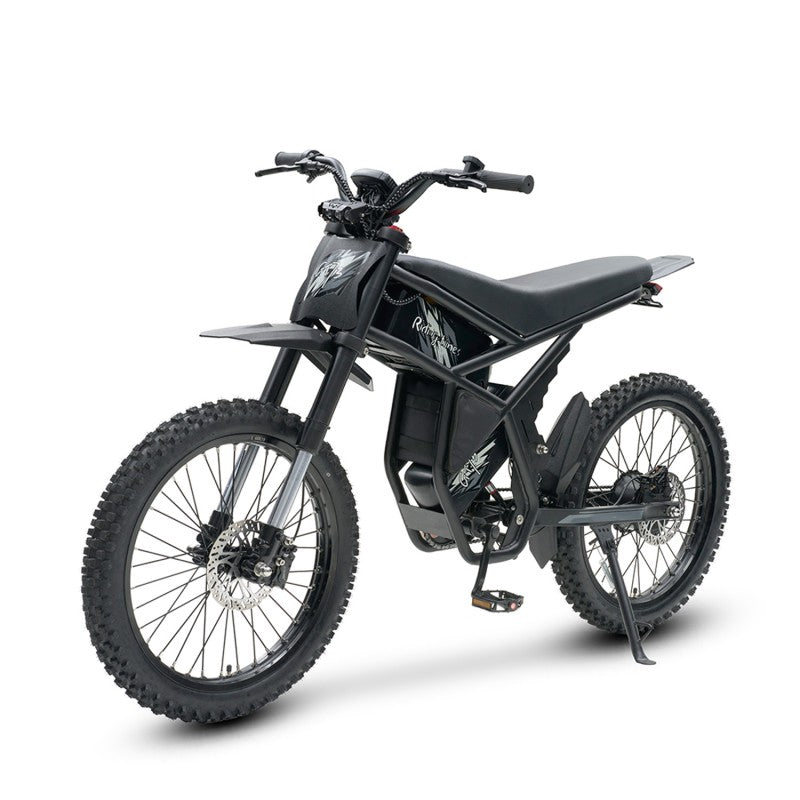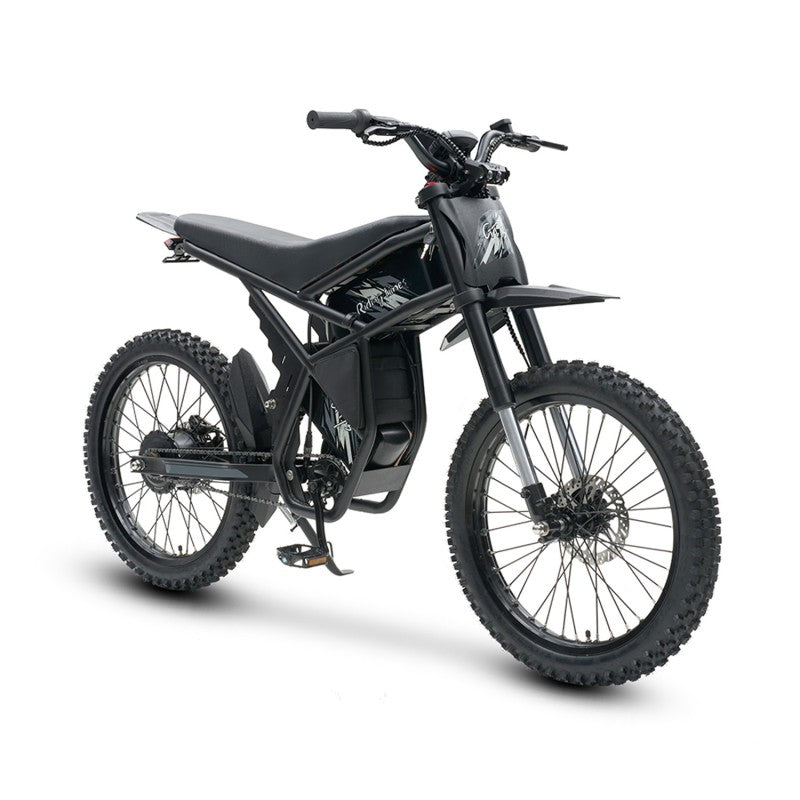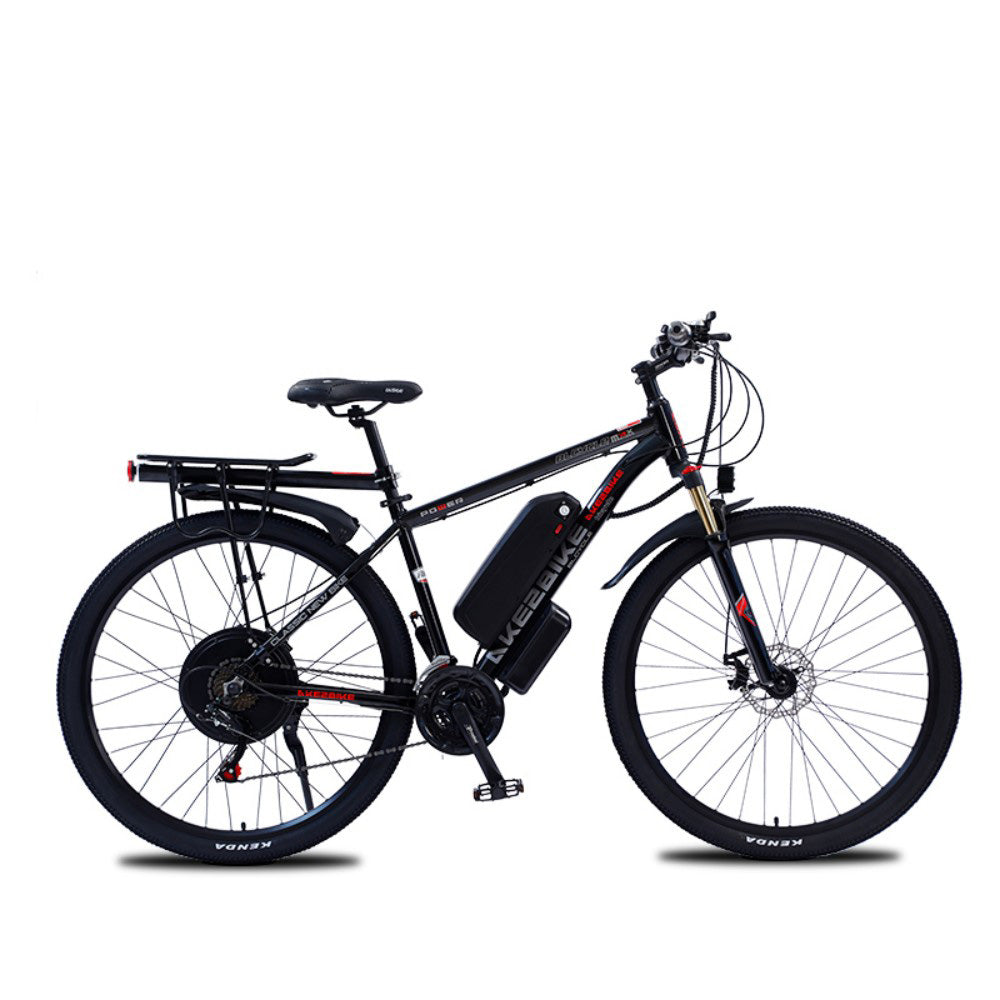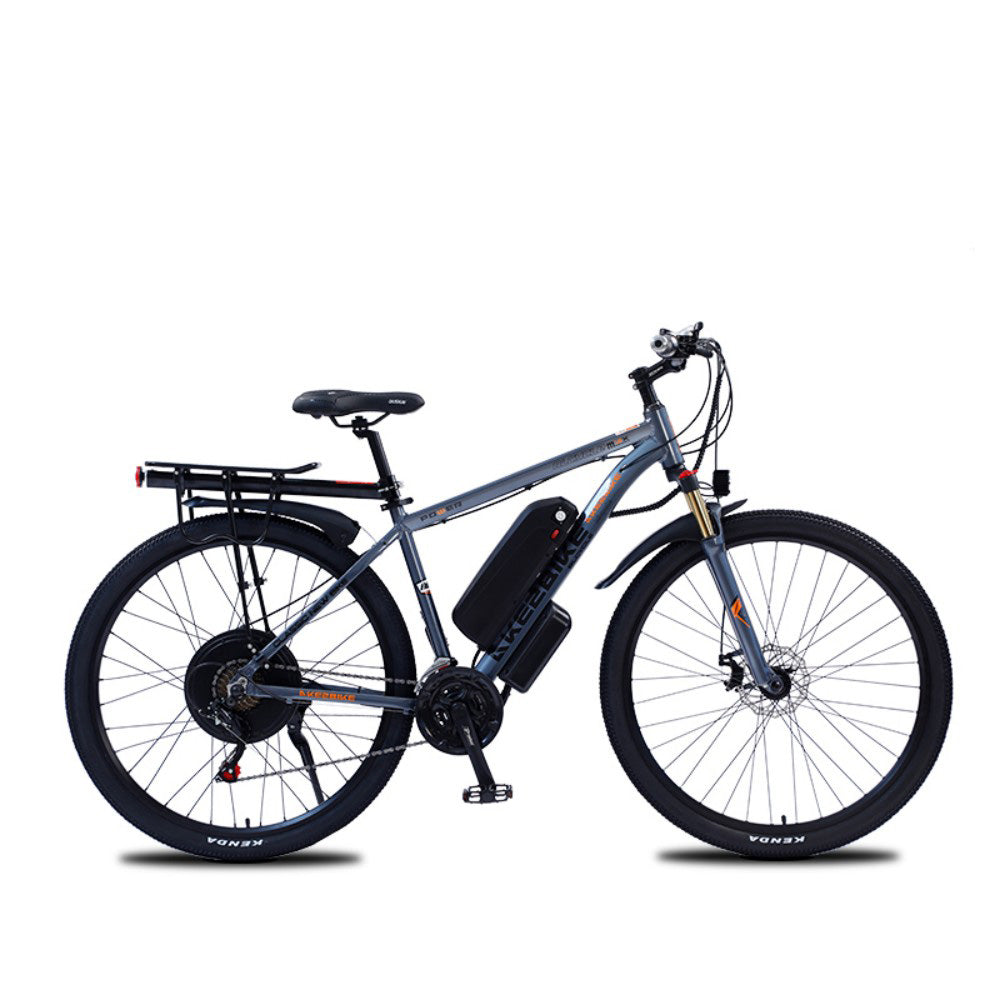Owning a quality electric bike is great, but if your tires are under-inflated, you won’t get far. Tire pressure is one of the most overlooked yet essential aspects of bike maintenance—it directly affects how well your tires grip the road. In this guide, we’ll show you how to check your e-bike’s tire pressure, find the ideal PSI range, and safely inflate your tires to ensure a smooth, safe ride every time.
1. Why Tire Pressure Matters
Tire pressure affects your ride’s comfort, safety, and efficiency. Proper inflation ensures better traction, reduces wear, and prevents common issues.
-
Too low: While low pressure can improve comfort and grip, it also increases the risk of “pinch flats” (when the rim pinches the tube), also known as “snake bites.” Extremely low pressure may even cause the tire to slip off the rim, which is dangerous.
-
Too high: Over-inflating can lead to tire blowouts and reduce grip.
-
Just right: Aim for a pressure between the minimum and maximum listed on your tire. This “sweet spot” should consider your weight, riding style, and terrain.
For example, heavier riders (around 200 lbs or more) generally need higher pressure, while lighter riders (around 120 lbs) may prefer lower pressure.
2. How to Find the Recommended Tire Pressure
Each tire has its own pressure range, usually printed on the sidewall.
-
Bar: Common in Europe.
-
PSI: Common in the U.S.
Always stay within the printed minimum and maximum values—never go below or above.
3. How to Accurately Check Tire Pressure
There are several ways to check tire pressure:
-
Squeeze Test: The easiest method, but not reliable. Squeezing the tire gives a rough idea but can easily mislead.
-
Pressure Gauge: Most e-bikes, like those from Magnum Bikes, use Schrader valves (like cars), so you can use a standard car tire pressure gauge. These typically show both PSI and Bar.
-
Pump with Built-in Gauge: This is the recommended method. Pumps with gauges let you monitor and control pressure while inflating.
To measure, unscrew the valve cap and press the gauge firmly onto the valve to avoid air leakage. A tight seal ensures an accurate reading. For example, a range of 35–37 PSI might be ideal for city or light off-road riding.
4. Adjusting Tire Pressure for Different Conditions
Tailor your tire pressure to your environment:
-
City roads: Use higher pressure for lower rolling resistance and better efficiency.
-
Gravel/off-road: Slightly lower pressure improves traction and comfort.
-
Fat tire e-bikes: These use much lower pressure due to their larger volume.
Never assume—always check your specific tire’s ideal pressure range.
5. Identifying and Handling Air Leaks
If your tire pressure drops significantly within hours or overnight, you may have a slow leak.
Steps to take:
-
Inspect the tire for embedded objects or punctures.
-
Consider using a sealant or replacing the inner tube.
Need help? Watch a repair tutorial or contact our support team for assistance.
Conclusion
Maintaining the right tire pressure is crucial for safe, comfortable, and efficient e-bike riding. Always check the pressure range printed on your tire and adjust based on your weight, terrain, and riding preferences. Use a gauge or a pump with a built-in gauge—don’t rely on hand-squeezing alone. Regularly inspect for leaks and perform timely maintenance.
By keeping your tires properly inflated, your electric bike will perform at its best—giving you a smoother, safer ride every time.






